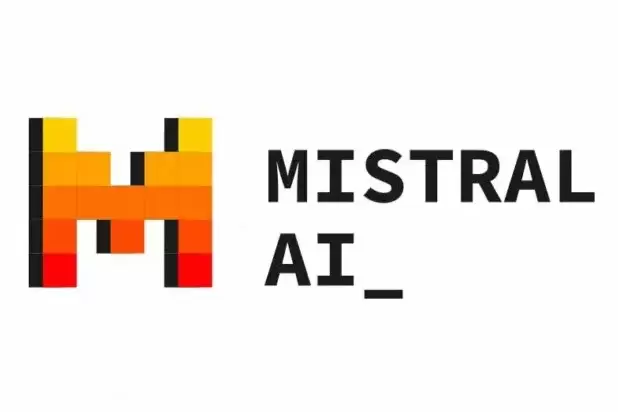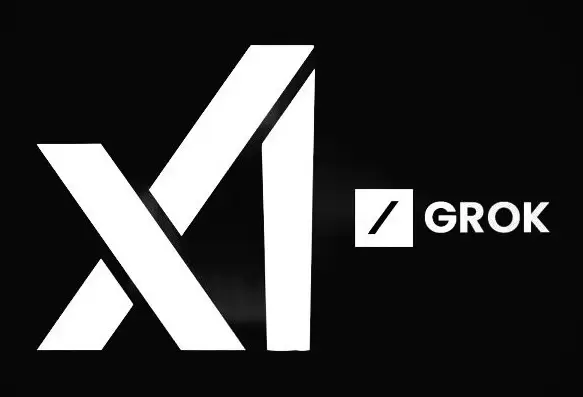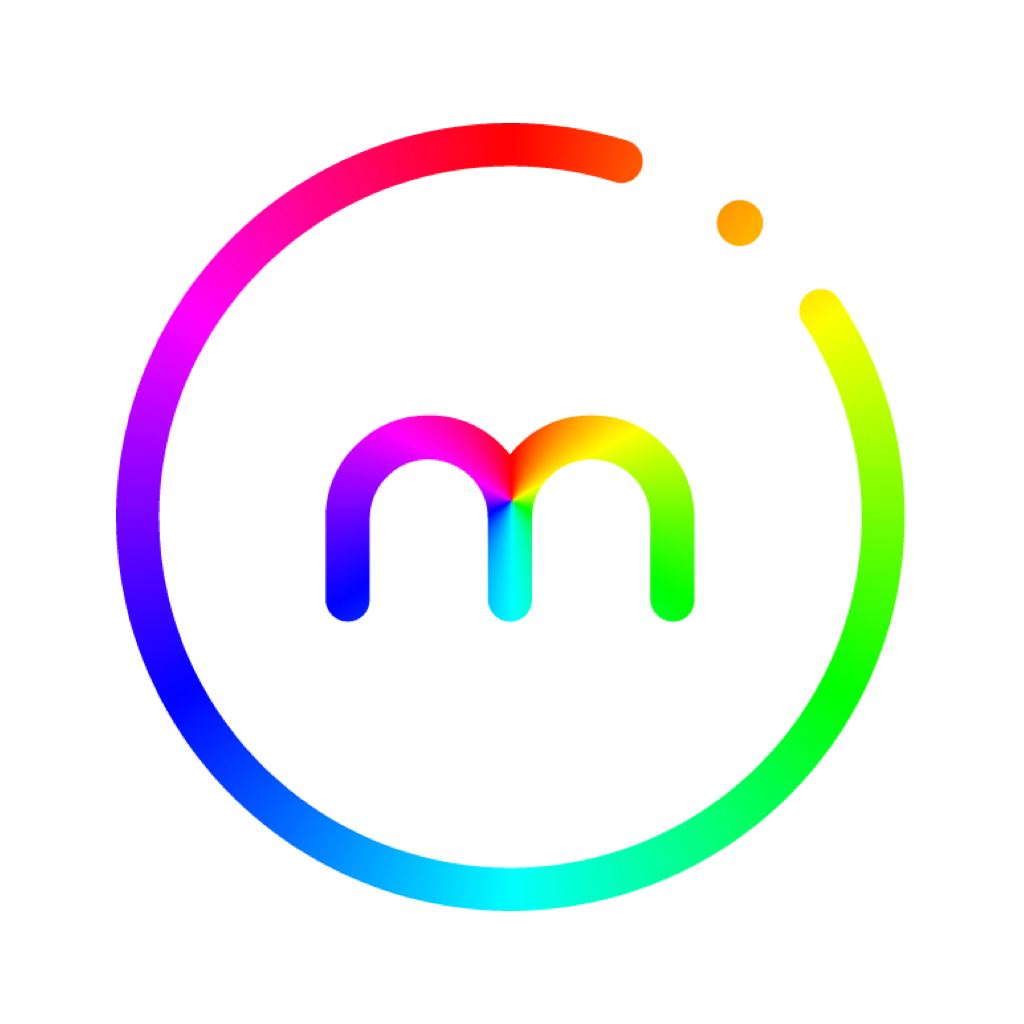The landscape of open-source Language Models continues to evolve, with various models offering unique capabilities. Here’s a comprehensive overview of the top models currently shaping the industry in 2024.

LLaMA 3 (8B-70B parameters) Meta’s upgraded model offers two variants: 8B and 70B parameters. The 70B version demonstrates exceptional efficiency in language modeling and question-answering tasks. Its architecture enables processing of massive text datasets while maintaining high accuracy.

OPT-175B(175B parameters) With 175 billion parameters, this model focuses on optimization and efficient processing of large-scale text data. It maintains high accuracy while emphasizing computational efficiency.

Mistral models(3B-8B parameters) Known for their strong performance, especially for their size. Mixtral 8x7B uses a Mixture-of-Experts (MoE) architecture, allowing it to achieve performance comparable to much larger models with lower inference costs. Mistral Large is a competitive model aimed at the top tier. Generally permissive Apache 2.0 license.

PaLM 2 (340B parameters) is an advanced large language model developed by Google. As the successor to the original Pathways Language Model (PaLM), it’s trained on 3.6 trillion tokens (compared to 780 billion) and 340 billion parameters (compared to 540 billion). PaLM 2 was originally used to power Google’s first generative AI chatbot, Bard (rebranded to Gemini in February 2024).

Gemma 2 (9B, 27B parameters) Developed by Google, Gemma 2 offers models with 2 billion, 9 billion, and 27 billion parameters. The 2B model employs advanced model compression and distillation techniques to achieve superior performance despite its compact size. The 9B and 27B models provide enhanced reasoning efficiency and security compared to earlier versions. Gemma 2 models are designed for efficient deployment across various hardware platforms, including CPUs, GPUs, and TPUs.

BERT (110M, 345M parameters) Google’s BERT, available in various sizes from 110M to 345M parameters, revolutionized NLP through its bidirectional approach. On March 11, 2020, 24 smaller models were released, the smallest being BERTTINY with just 4 million parameters. The base model’s relatively smaller size belies its effectiveness in understanding context and language nuances.

XLNet (340M parameters) XLNet is a method of pretraining language representations developed by CMU and Google researchers in mid-2019. XLNet was created to address what the authors saw as the shortcomings of the autoencoding method of pretraining used by BERT and other popular language models. XLNet’s base model contains 340M parameters, its permutation-based approach enables superior handling of long-range dependencies, enhancing its performance in complex language tasks.

Grok-1(314B parameters) xAI’s exclusive LLM represents their latest advancement in AI technology. Built on a foundation of deep learning models, it specializes in text summarization and comprehensive document analysis.

Qwen 2.5 models (500M-72B parameters) Developed by Alibaba Cloud, Qwen 2.5 offers models with parameters ranging from 500 million to 72 billion. The models are pretrained on 18 trillion tokens and support context lengths of up to 128,000 tokens, enabling them to handle extensive input data efficiently. Specialized variants like Qwen 2.5-Coder and Qwen 2.5-Math focus on coding and mathematical tasks, respectively, showcasing high performance on benchmarks such as HumanEval and MATH. Qwen 2.5 models are designed for versatility in deployment, with options for commercial use under the Apache 2.0 license, promoting accessibility for developers.

Falcon 3 (7B-180B parameters) Falcon LLM is a generative large language model that helps advance applications and use cases to future-proof our world. Today the Falcon 3, Falcon Mamba 7B, Falcon 2, 180B, 40B, 7.5B, 1.3B parameter AI models, as well as our high-quality REFINEDWEB dataset, form a suite of offerings. Falcon 3 can run on light infrastructures, even laptops, without sacrificing performance.

BLOOM (560M-176B parameters) BLOOM is the main outcome of the BigScience collaborative initiative, a one-year-long research workshop that took place between May 2021 and May 2022. BigScience was led by HuggingFace and involved several hundreds of researchers and engineers from France and abroad representing both the academia and the private sector. This model emphasizes logical and contextually appropriate language generation, supporting multiple languages and specialized in document classification and dialogue production.

XGen (7B Parameters) Delivering critical general knowledge, XGen serves as the initial foundational model from which Salesforce AI teams use, adapting the model through fine-tuning or continued pre-training to create safe, trusted, and customized models for distinct domains and use cases, supporting sales, service, and more.

GPT-NeoX (20B Parameters) GPT-NeoX-20B is a particularly powerful few-shot reasoner and gains far more in performance when evaluated five-shot than similarly sized GPT-3 and FairSeq models. Together with GPT-J (6B parameters), these models offer efficient, scalable solutions for various NLP tasks.

Vicuna 13B(13B Parameters) an open-source chatbot trained by fine-tuning LLaMA on user-shared conversations collected from ShareGPT. Preliminary evaluation using GPT-4 as a judge shows Vicuna-13B achieves more than 90%* quality of OpenAI ChatGPT and Google Bard while outperforming other models like LLaMA and Stanford Alpaca in more than 90% of cases. The cost of training Vicuna-13B is around $300.
These models represent different approaches to balancing size, speed, and capability in language processing, offering organizations various options based on their specific needs and computational resources.


Leave a Reply